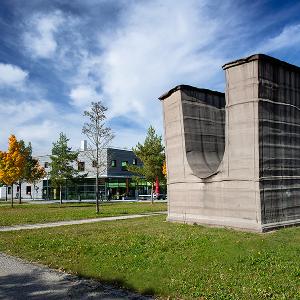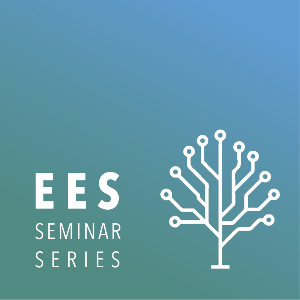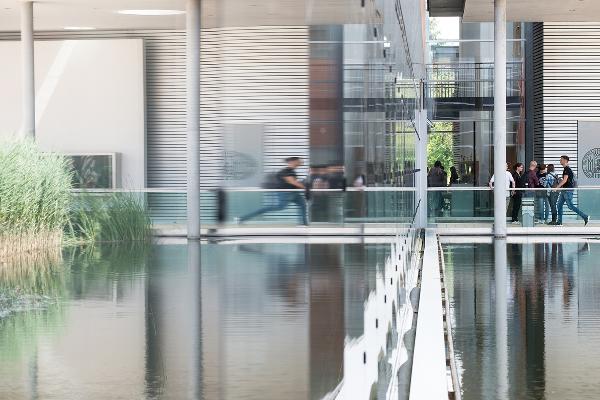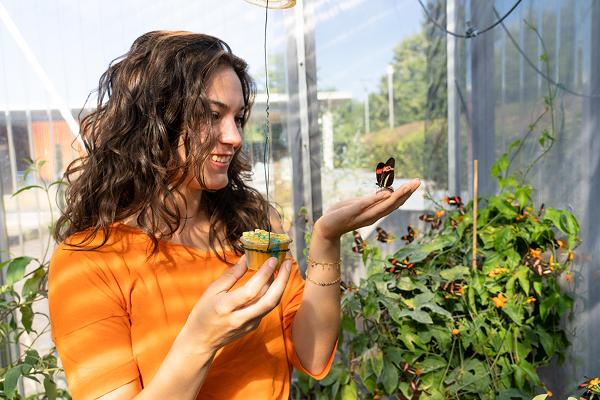
Aktuelles
Verpassen Sie nichts – News und Events der Fakultät
Aktuelle Veranstaltungen
-
 01 DezEES Seminar Series
01 DezEES Seminar SeriesAlexander Brandt - Evolution of alternative reproductive modes and regulatory novelty in hybrids: insights from Bacillus stick insects
-
 15 DezChristmas Lecture on Night Science
15 DezChristmas Lecture on Night Sciencethe creative side of the scientific process with Martin Lercher. Afterwards Glühwein and Cookies from the Student Council of the Faculty of Biology
-
 19 JanEES Seminar Series
19 JanEES Seminar SeriesAntonella Soro - The role of plasticity in the evolution of eusociality: lessons from the halictid bees
Aktuelle News
-
 Nasales Mikrobiom: Ressourcenknappheit als Chance
Nasales Mikrobiom: Ressourcenknappheit als ChancePotenziell gefährliche Staphylokokken konkurrieren in der menschlichen Nasenhöhle mit anderen Bakterien um Biotin. Das könnte ein neuer Ansatzpunkt im Kampf gegen die Keime sein.
-
 Magnetsinn: Tauben nehmen Magnetfelder über ihr Innenohr wahr
Magnetsinn: Tauben nehmen Magnetfelder über ihr Innenohr wahrNeurobiologen der LMU haben einen neuronalen Signalweg identifiziert, der für die Verarbeitung magnetischer Informationen aus dem Innenohr zuständig ist.
-
 iGEM München gewinnt Best Diagnostics
iGEM München gewinnt Best DiagnosticsMünchner Studierende erhalten beim Grand Jamboree den Preis für das beste Diagnostikprojekt



